The Many Possible Faces of Earth
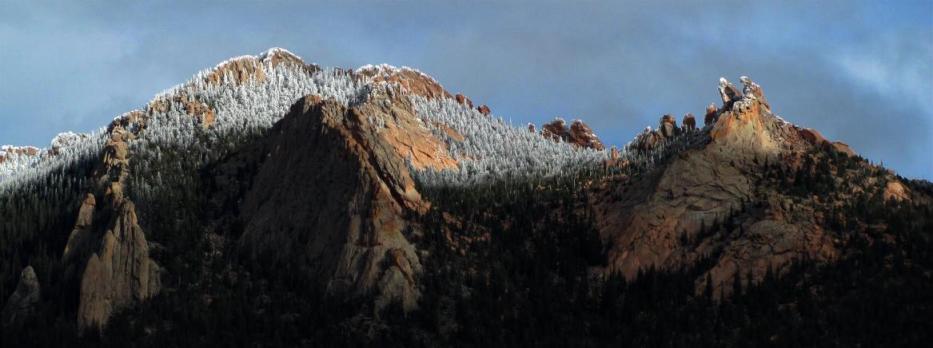
Our earth is an incredible place – a beautiful blue planet literally full of life. It is amazing that this world is so well-suited to earthly life as we understand it. And yet, there are hints that earthly life could be much different than we understand it. Pools of near-boiling water at Yellowstone, crazy with rainbows of life; whole ecosystems huddled around oases of incredible pressure, temperature, and chemistry near thermal vents at the bottom of oceans; poisonous (to us) beings with arsenic in their very DNA instead of phosphorous; and so on. All extraordinarily beautiful while at the same time completely hostile to human life; all examples of local points of radically alien stability within the much larger and more temperate stability of the earthly biosphere.
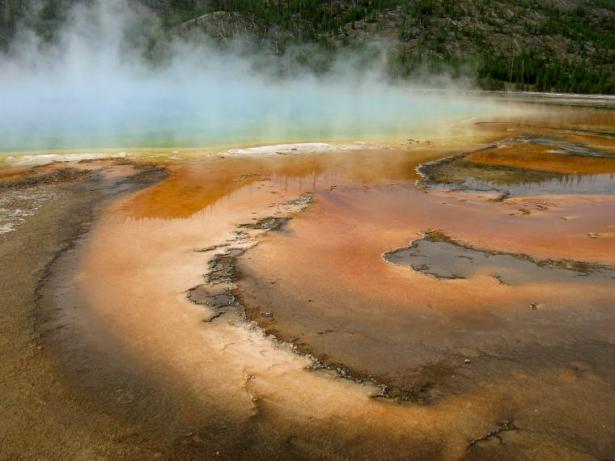
Given that these little islands of radically different climate can support life, is it that hard to imagine an earth where one of these alternatives is the dominant climate? That is, is it that hard to imagine an earth where the temperature hovers around the boiling point of water – a “Yellowstone Earth” – populated by wildly colorful microscopic beings? Or an earth with much higher temperatures and pressures – a “Thermal Vent Earth” – populated by a biosphere resembling the micro-ecosystems we find at thermal vents? After all, the dominant climate of today is ridiculously far away from the thermodynamic equilibrium of a “Dead Earth”. Taking note of our nearest neighbors, the climate of Mars is a chilly -100F with relatively low atmospheric pressures, whereas the climate of Venus is a hellish 900F with a monstrously dense atmosphere. Split the difference, and earth should be roughly 400F, with a significantly higher atmospheric density than we experience today. In that case, “Yellowstone Earth” and “Thermal Vent Earth” do not appear to be radically alien climates – rather, they simply appear to be mid-points along a trajectory leading from today’s climate to that of “Dead Earth”.
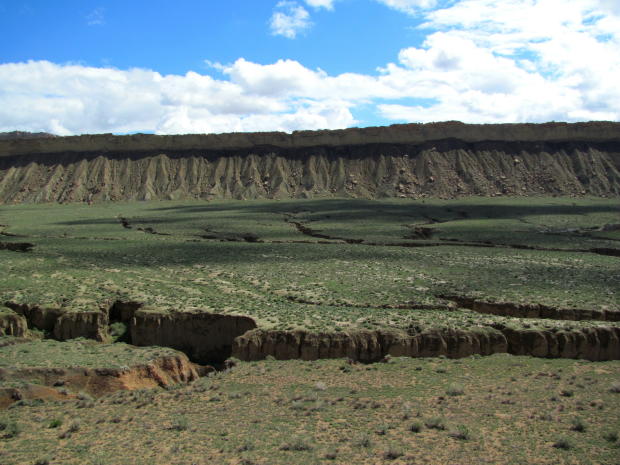
So one question is “Why is earth’s climate the way it is?” The short answer is “Because life has evolved it to be that way”. Life arose on earth around four billion years ago. At that time, the sun put out roughly 25% less energy than it does today. So for the whole four billion years that life has existed on earth, the output of the sun has been steadily increasing. But then why hasn’t the earth’s temperature steadily increased in proportion during that same period – why isn’t it 400F here? The clearest hypothesis to me is that life proliferates better in a stable climate than it does in a changing one – and so life evolves to interact with its environment in ways that help to maintain the stability of that environment, rather than allowing that environment to change (or worse, accelerating the natural rate of change of that environment). In particular, on local scales a species that can somehow ensure that the environment it passes on from generation to generation remains the same is going to do better than a species that cannot. So a species whose interactions with its local environment have the side effect of regulating that local environment is more likely to thrive. Sum all of these local interactions up to a global scale, and you have an earth system with the biosphere largely in control of the climate – while the earth has been warming up for the last four billion years, it has warmed at nowhere near the rate that would be predicted for a “Dead Earth”.
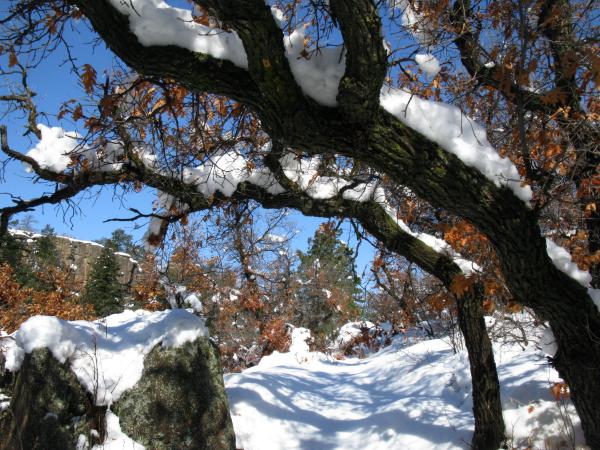
So in a sense, today’s earth is stuck in the past. While thermodynamic equilibrium for the earth means somewhere in the neighborhood of 400F, the biosphere has managed to keep it much cooler – in a temperature range from a previous age. In the language of Dynamic Systems Theory, “Today’s Earth” is an attractor – one possible stable state of a system. Another attractor that we can be confident exists is the “Dead Earth” attractor – another stable state of the earth system. “Yellowstone Earth” and “Thermal Vent Earth”, while merely speculative, represent intermediate attractors that lay between the “Today’s Earth” and “Dead Earth” attractors. And as the “Dead Earth” attractor keeps tracking with the increasing output of the sun, it requires more effort for the system to remain in the “Today’s Earth” attractor. And indeed, there are signs that the biosphere is beginning to struggle to stay in this attractor. When regulative feedback control systems reach the limits of their ability to regulate, they become unstable and start to oscillate – and what is the back-and-forth between recent ice ages and interstitial periods if not an oscillation? A hard push during an extreme point in an oscillation, and such a system can jump out of one attractor and into another. For example (and in highly speculative language), if the “Today’s Earth” attractor is best exemplified by recent ice ages, and interstitial periods are extreme points in the oscillations as the biosphere loses its grip on the “Today’s Earth” attractor, one hard push during an interstitial period could prematurely send earth into another attractor such as “Yellowstone Earth”.
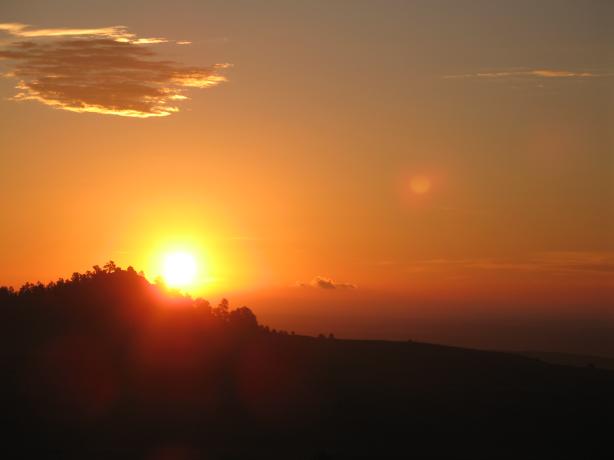
So what is a “hard push”? Is it an acceleration of the natural extinction rate in the biosphere by between 100-1000 times? (Thus limiting the number of species that can step in to fill niches that form the regulative circuitry of the biosphere.) Is it a global alteration of the biosphere to fit the consumption habits of a rapidly growing global population? (Thus greatly altering the number of methane-producers.) Is it the massive release of other greenhouse gases such as CO2 that the biosphere has spent billions of years removing from the atmosphere? I don’t think we can really say just yet. But what we can say is that we are pushing without any real understanding of the consequences. That is, if the biosphere largely regulates the climate, then those who impact the biosphere also impact the climate.

It is often remarked that the recent spell of global warming is just part of the earth’s natural cycle between ice age and interstitial period. But I think this is more of a natural history perspective than a scientific one. It is like spending a week in an alpine meadow in early August and imagining that grass and wildflowers is the only way that this meadow could ever be. It is like imagining that 68F is the only temperature a thermostat could ever regulate a house to be. It ignores the fact that the earth is a dynamic system with multiple stable attractors, and we are in but one. That is, the recent spell of global warming is not part of “The Earth’s” natural cycle – if the planet can even be said to have a natural cycle, it is the ultimate in stable attractors: thermodynamic equilibrium – “Dead Earth”. Rather, the recent spell of global warming is part of a cycle of the “Today’s Earth” attractor, a cycle which may be an indication of the growing instability of that attractor. There are many possible faces of earth, and “Today’s Earth” is but one. If we want to prolong our stay in this attractor as our legacy to future generations, perhaps it’s time to think about working with the biosphere instead of against it.
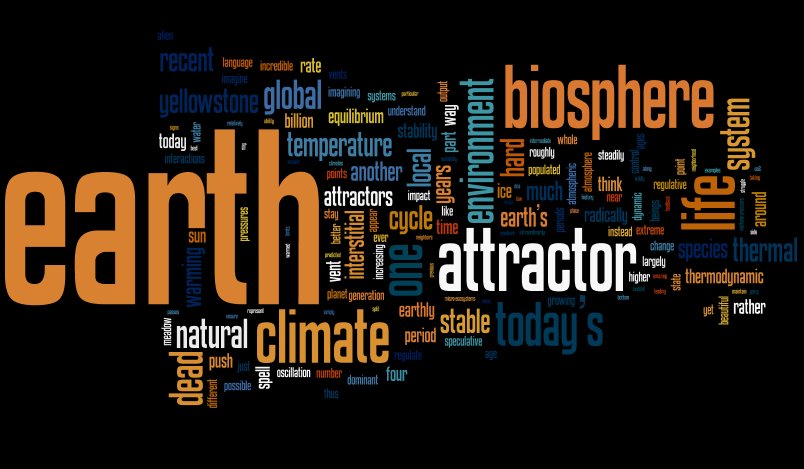
Copyright © 2011 by Paul Hanke